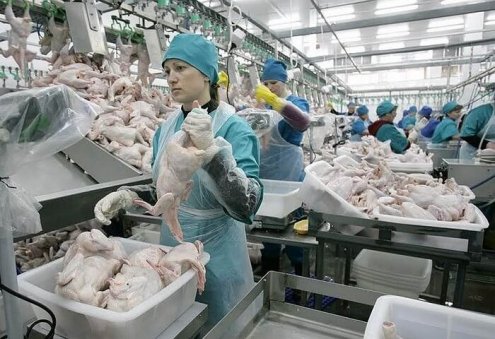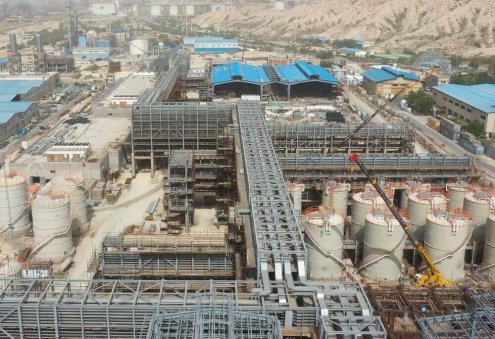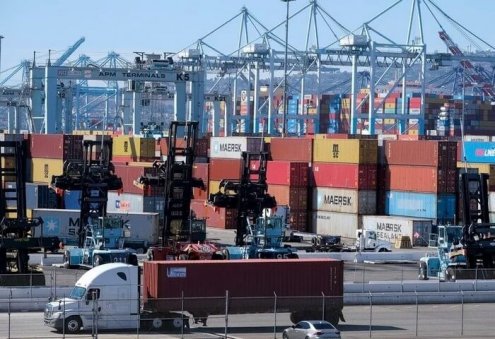Oil prices have jumped about 20% since late June but they could go even higher this year, according to the Oil Market Report - August 2023 published by the International Energy Agency (IEA) on Friday.
The IEA attributes this potential price growth to several factors, including dwindling global oil inventories, reduced production from OPEC+ members, and an unprecedented level of demand.
In an effort to counter falling oil prices, OPEC and its allies, including Russia, made a commitment in April to reduce output by over 1.6 million barrels per day until the year's end. This initiative was subsequently bolstered in July with additional cuts announced by Saudi Arabia, the world's largest exporter of crude oil. Furthermore, the OPEC+ targets were extended through 2024.
"Deepening OPEC+ supply cuts have collided with improved macroeconomic sentiment and all-time high world demand," the IEA said in its monthly report, noting global oil prices that have surged to near 2023 highs in the past month.
The IEA further reveals that world oil demand reached an unprecedented peak of 103 million barrels per day in both June and August, and there is a possibility of continued growth in the coming months. As a result, the average daily demand for 2023 is projected to reach 102.2 million barrels per day, a significant increase of 2.2 million barrels compared to the previous year and the highest annual level ever recorded.
However, the IEA anticipates that demand growth will decelerate in 2024, with an expected rate of 1 million barrels per day. This projection is based on the notion that the post-pandemic recovery will have largely concluded, and the energy transition will gain momentum.









30635-90x604.jpg)




30625-90x604.jpeg)
_(1)30624-90x604.jpg)


